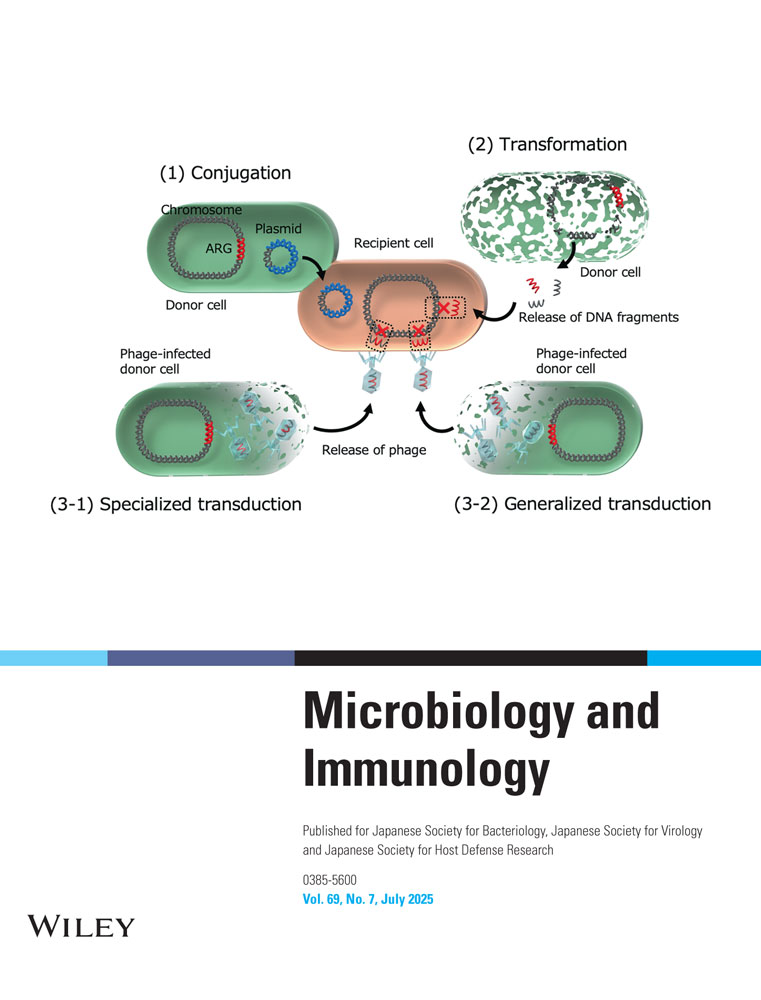Sequential Passages of Human Rotavirus in MA-104 Cells
Abstract
Starting with a small amount of diarrheal feces containing human rotavirus (HRV), we succeeded in propagation of the virus using the roller culture technique with MA-104 cells. Furthermore, we made a successful adaptation of HRV to a stationary culture and developed a plaque assay for the cell culture-adapted viruses. The 3 culture-adapted virus isolates, KU, YO, and 44 produced plaques (about 0.5–1.0 mm in diameter) under the overlay medium consisting of 0.6% purified agar, 3 μg of acetyl trypsin/ml and 50 μg of DEAE-dex-tran/ml. Subsequent plaque purification resulted in the formation of clear, larger plaques.
It was shown from the results of cross neutralization tests using the fluorescent focus reduction method that the three culture-adapted HRV isolates were clearly different antigenically from bovine rotavirus (NCDV) and, further, that a noticeable difference in antigenicity also existed among the HRV isolates.




